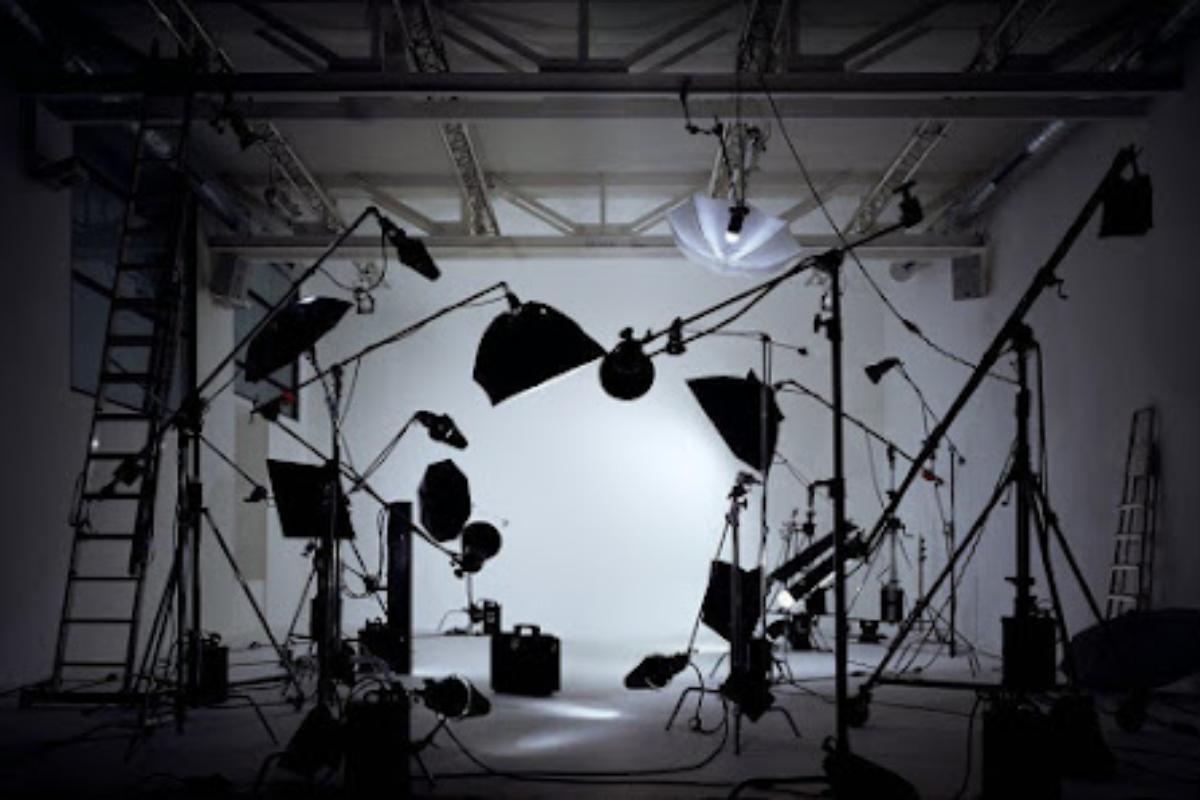FAQs About Grip Equipment

As a grip, you are responsible for managing the lighting and rigging on the set. You'll set up, tear down, move and change dollies and cranes and also be accountable for the non-electrical portion of modifying lighting. A grip's position is critical to the flow of a show, which is why it's so crucial for a grip to have a complete set of tools that can keep them working smoothly, safely, and efficiently.
The following are a few frequently asked questions about the tools a grip needs to have to do their job effectively.
What kind of gloves do I need for working as a grip?
Normally, you'll need a pair of long-lasting work gloves to safeguard your hands while adjusting searing lights, constructing a rig for the camera, or any tasks that may come your way. Leather work gloves are most suitable, though in some cases, like shooting outside during winter, you might also prefer a pair of fleece or Thinsulate gloves. In addition, some gloves include flaps on your index finger and thumb that you can flip back for more tactile relations with equipment. These flaps can be handy when shooting in the rain or cold.
What type of wrenches do grips need?
A crescent wrench is one of the top tools you'll use most frequently on the set, especially when rigging or putting up lamps. However, a more specialized wrench, a lighting wrench specifically developed to work with stage lighting, may be convenient. In addition, a lighting wrench looks extremely professional when connected to your belt. Always ensure you keep your tools—particularly a wrench, knife, and flashlight—attached to your tool belt or pouch to stop people from getting hurt or equipment getting damaged by falling tools.
What is gaffer tape, and what kind do I need?
It is called gaffer tape, but as a grip, you should keep some on hand. Gaffer tape comes in various colors, from black and fluorescent orange to green-screen green and almost anything in between. Matte black is the standard type employed, and the 2-inch size can be the most valuable, so you should have at least a couple of them. A light-colored, 1-inch roll to easily label is also handy.
Like duct tape, gaffer tape is a multi-use solution to many unforeseen issues. But it differs because it's made of cloth and is easier to rip by hand. Along with anchoring lines and cables and keeping the shooting area secure, gaffer tape is also used to anchor a gel in place, create a temporary fix for a piece of equipment, or even label your radio or water bottle. In addition, gaffer tape is easy to pull from a surface without leaving a residue, making it the professional alternative for stage blocking or attaching a notice to a piece of gear.
Will I need my own headset?
While even independent productions provide two-way radios to the crew, having a headset that you know is comfy, dependable, and works well for you never hurts. Two-way radio headsets are available in several designs, from one-ear and dual-ear cups to in-ear or over-the-ear pieces. You may also prefer using a headset that features PTT (push-to-talk) to make it easier for you to respond when summoned for on set.
These are a few FAQs about grip equipment. Contact us today to get a grip on your production. We have the experience and expertise to do the job right!